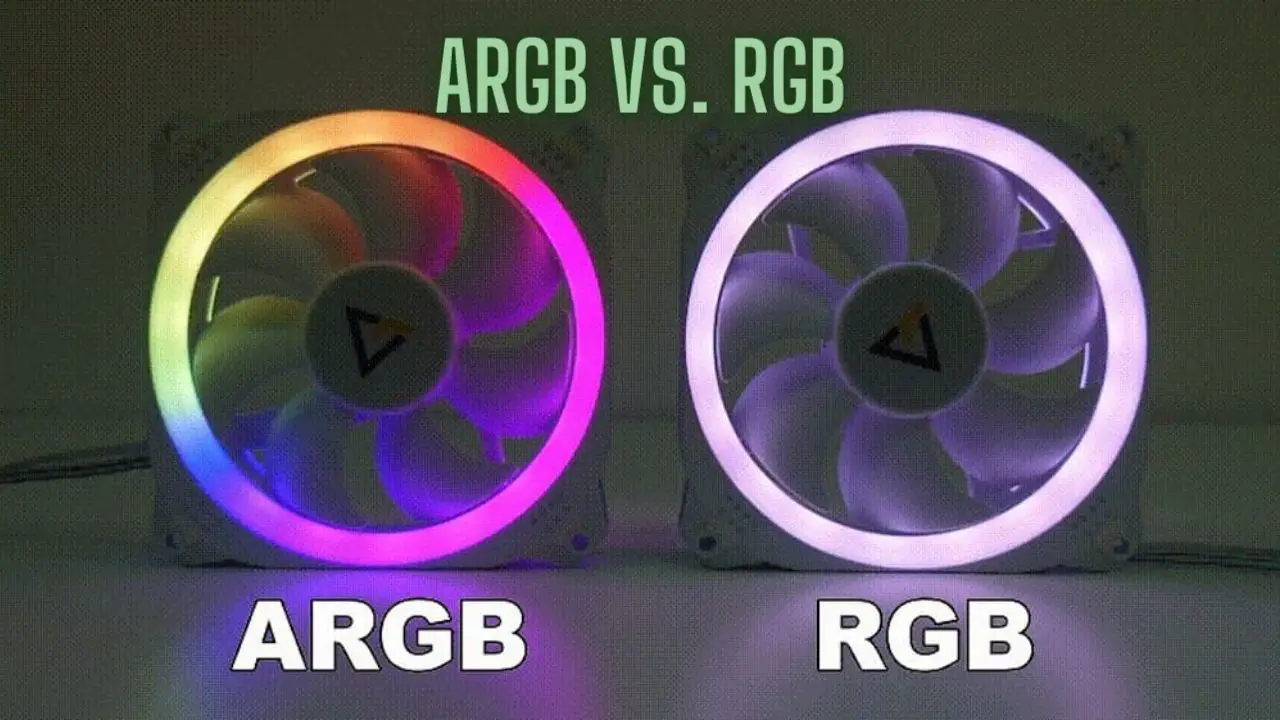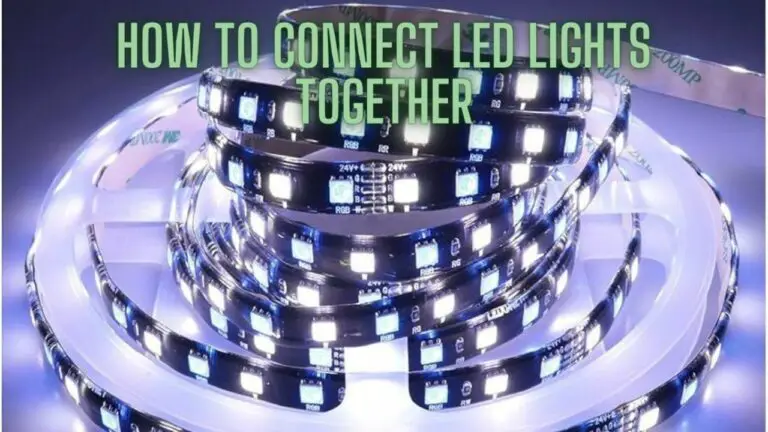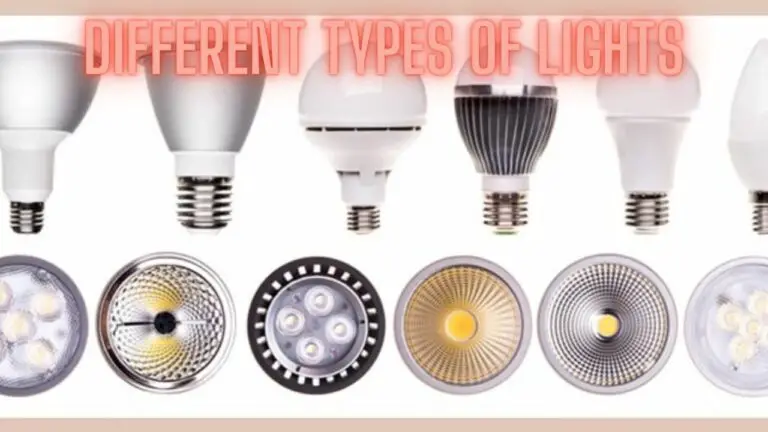ARGB vs. RGB: Illuminating the Differences in Lighting Technology
Introduction
In the realm of computer peripherals and gaming setups, the battle between ARGB (Addressable RGB) and RGB (Red, Green, Blue) lighting technologies has gained prominence. Both lighting systems are employed to enhance the visual appeal of gaming rigs, components, and accessories, but they operate in distinctive ways and offer varying levels of customization. In this comprehensive guide, we’ll explore the differences between ARGB and RGB, their applications, their advantages, and how they contribute to the immersive world of modern computing aesthetics.
Understanding RGB Lighting
A. RGB Basics:
RGB lighting is a fundamental lighting technology that utilizes three primary colors – Red, Green, and Blue – to create a spectrum of colors. RGB components, such as LED strips, fans, and keyboards, allow users to choose from a predefined set of colors or cycle through various color patterns. Each RGB LED can be controlled independently, providing a degree of customization but with limitations compared to ARGB.
B. How RGB Works:
RGB lighting relies on the manipulation of the intensity of each of the three primary colors to create different hues. By adjusting the brightness of the Red, Green, and Blue LEDs, a wide range of colors can be achieved. RGB components are typically controlled using software or hardware controllers that offer predefined color profiles or customization options.
C. Advantages of RGB:
- Wide Compatibility: RGB technology is widely adopted and compatible with various devices and components.
- Simplicity: RGB lighting is relatively simple to implement and control, making it accessible to users with varying levels of technical expertise.
- Cost-Effectiveness: RGB components are often more budget-friendly compared to their ARGB counterparts.
Exploring ARGB Lighting
A. What is ARGB?
ARGB, or Addressable RGB, takes RGB lighting to the next level by allowing individual LEDs in a lighting strip or component to be controlled independently. This granular control enables more intricate and dynamic lighting effects, offering a higher degree of personalization compared to traditional RGB.
B. How ARGB Works:
ARGB lighting uses a more advanced control system, where each LED within a strip or device can display a unique color independently. This precise control enables complex lighting patterns, animations, and effects. ARGB components are often controlled using specialized software or motherboard headers that support addressable RGB connectors.
C. Advantages of ARGB:
- Individual LED Control: The primary advantage of ARGB is the ability to control each LED separately, allowing for intricate and customizable lighting effects.
- Dynamic Lighting Patterns: ARGB components support dynamic lighting patterns, animations, and gradients, providing a more immersive and visually striking experience.
- Enhanced Aesthetics: ARGB lighting can create more sophisticated and visually appealing lighting setups, elevating the overall aesthetics of a gaming rig or setup.
Applications and Use Cases
A. RGB Applications:
- Gaming Peripherals: RGB is commonly found in gaming peripherals such as keyboards, mice, and headsets, allowing gamers to match their setup with their preferences or game aesthetics.
- Case Lighting: RGB fans and LED strips are popular for illuminating the interior of gaming PC cases, adding a vibrant and personalized touch.
- Motherboard Accent Lighting: Motherboards often feature RGB lighting elements, contributing to the overall theme of a build.
B. ARGB Applications:
- Advanced Case Lighting: ARGB components are often used for more advanced case lighting setups, creating intricate patterns and dynamic effects.
- High-End Gaming Peripherals: Premium gaming peripherals may feature ARGB lighting for a more immersive gaming experience.
- Custom Water Cooling Systems: ARGB lighting is integrated into custom water cooling systems, enhancing the visual appeal of intricate cooling setups.
Compatibility and Integration
A. RGB Compatibility:
- RGB components typically follow a standardized 4-pin connector or use a proprietary connector specific to the manufacturer. While compatibility is generally good, some limitations exist in terms of synchronization between different brands’ RGB ecosystems.
B. ARGB Compatibility:
- ARGB components often use a 3-pin or 5-pin connector, with a standardization trend towards the 3-pin connector. Compatibility can still be an issue between different manufacturers, but the industry is moving towards more standardized ARGB connectors for better integration.
Considerations for Choosing Between ARGB and RGB
A. Personalization Preferences:
- RGB: Suitable for users who prefer a simpler, more straightforward lighting setup with a range of predefined color options.
- ARGB: Ideal for users who seek a high level of personalization, dynamic lighting effects, and intricate patterns.
B. Budget Constraints:
- RGB: Generally more budget-friendly, making it a cost-effective choice for users with financial constraints.
- ARGB: Tends to be associated with premium components and may incur higher costs compared to RGB.
C. Technical Expertise:
- RGB: Simplicity in setup and control makes it more user-friendly, requiring less technical expertise.
- ARGB: The more advanced nature of ARGB lighting may demand a better understanding of control systems and software.
D. Visual Impact:
- RGB: Offers visually appealing lighting but with limitations in terms of dynamic effects and complexity.
- ARGB: Provides a more visually striking and immersive experience, especially with the capability for intricate lighting patterns.
E. Compatibility with Components:
- RGB: Generally compatible with a wide range of devices and components but may face synchronization challenges between different manufacturers.
- ARGB: Compatibility is improving, but users should ensure that their motherboard or controller supports the specific ARGB standard used by their components.
Future Trends in RGB and ARGB Technology
As technology evolves, so do RGB and ARGB lighting systems. Future trends may include:
A. Unified Standards:
- The industry may move towards more unified standards for both RGB and ARGB, enhancing compatibility and simplifying integration.
B. Enhanced Synchronization:
- Improved synchronization between different components and brands, providing a seamless lighting experience across the entire setup.
C. Integration with Smart Home Systems:
- RGB and ARGB lighting may integrate with smart home systems, allowing users to control and customize lighting through voice commands or mobile apps.
D. Innovative Lighting Effects:
- Continued innovation in lighting effects, with the development of even more intricate patterns and dynamic animations.
FAQS
1. What is the primary difference between ARGB and RGB?
- RGB (Red, Green, Blue): RGB lighting uses three primary colors to create a spectrum of colors. Each RGB LED can be controlled to display a specific color from a predefined set.
- ARGB (Addressable RGB): ARGB lighting allows individual LEDs within a lighting component to be controlled independently, enabling more intricate and dynamic lighting effects.
2. What does ARGB offer that RGB does not?
- ARGB offers the ability to control each LED independently, providing more advanced and dynamic lighting effects, intricate patterns, and a higher degree of personalization compared to traditional RGB.
3. Can I use RGB and ARGB components together in the same setup?
- In some cases, it is possible to use RGB and ARGB components together, but it depends on the compatibility of the components and the control system. Compatibility issues may arise, and synchronization between different lighting systems might be challenging.
4. Are RGB and ARGB connectors the same?
- No, RGB and ARGB connectors are different. RGB components often use a 4-pin connector, while ARGB components commonly use a 3-pin or 5-pin connector. It’s essential to check the compatibility of connectors between components and controllers.
5. Which is more cost-effective, RGB or ARGB?
- RGB components are generally more budget-friendly than their ARGB counterparts. The complexity and individual control of LEDs in ARGB components often contribute to a higher cost.
6. Can I control RGB and ARGB lighting with the same software?
- In some cases, manufacturers provide software that can control both RGB and ARGB components. However, it’s crucial to check compatibility and ensure that the software supports the specific lighting technologies used in your setup.
7. Do RGB and ARGB have the same impact on power consumption?
- ARGB components may have a slightly higher power consumption due to the individual control of LEDs. However, the impact on overall power consumption is generally minimal.
8. Is ARGB more challenging to set up and control than RGB?
- Setting up ARGB can be more complex than RGB due to the advanced control of individual LEDs. However, with user-friendly software interfaces and standardized connectors, the difference in setup difficulty is becoming less significant.
9. Can ARGB and RGB lighting be integrated into smart home systems?
- Both ARGB and RGB lighting systems have the potential for integration with smart home systems. This would enable users to control and customize their lighting through voice commands or mobile apps, but it depends on the specific capabilities of the components and the integration options provided by manufacturers.
10. Which lighting technology is more suitable for gaming setups?
- The choice between ARGB and RGB for gaming setups depends on personal preferences. RGB offers vibrant colors and visual appeal, while ARGB provides more advanced lighting effects and customization options for users seeking a dynamic and immersive experience.
11. Are there any compatibility issues between different brands of RGB or ARGB components?
- Compatibility between different brands of RGB or ARGB components can be an issue, especially if they use proprietary connectors or control systems. However, the industry is moving towards more standardized connectors and control protocols to improve compatibility.
12. What is the future outlook for RGB and ARGB technology?
- The future of RGB and ARGB technology may involve unified standards, improved synchronization between components, integration with smart home systems, and continued innovation in lighting effects. The lines between RGB and ARGB are likely to blur as technology advances.
Conclusion
In the ARGB vs. RGB debate, the choice ultimately comes down to personal preferences, budget considerations, and the desired level of customization. RGB provides a more accessible and budget-friendly option, while ARGB takes lighting customization to new heights, offering a visually immersive experience.
As technology advances, the lines between RGB and ARGB are likely to blur, with increased compatibility and standardization. Whether you choose the simplicity of RGB or the advanced personalization of ARGB, both lighting technologies contribute to the vibrant and dynamic aesthetics of modern gaming setups and computer builds, creating a visually stunning experience for users around the globe.








